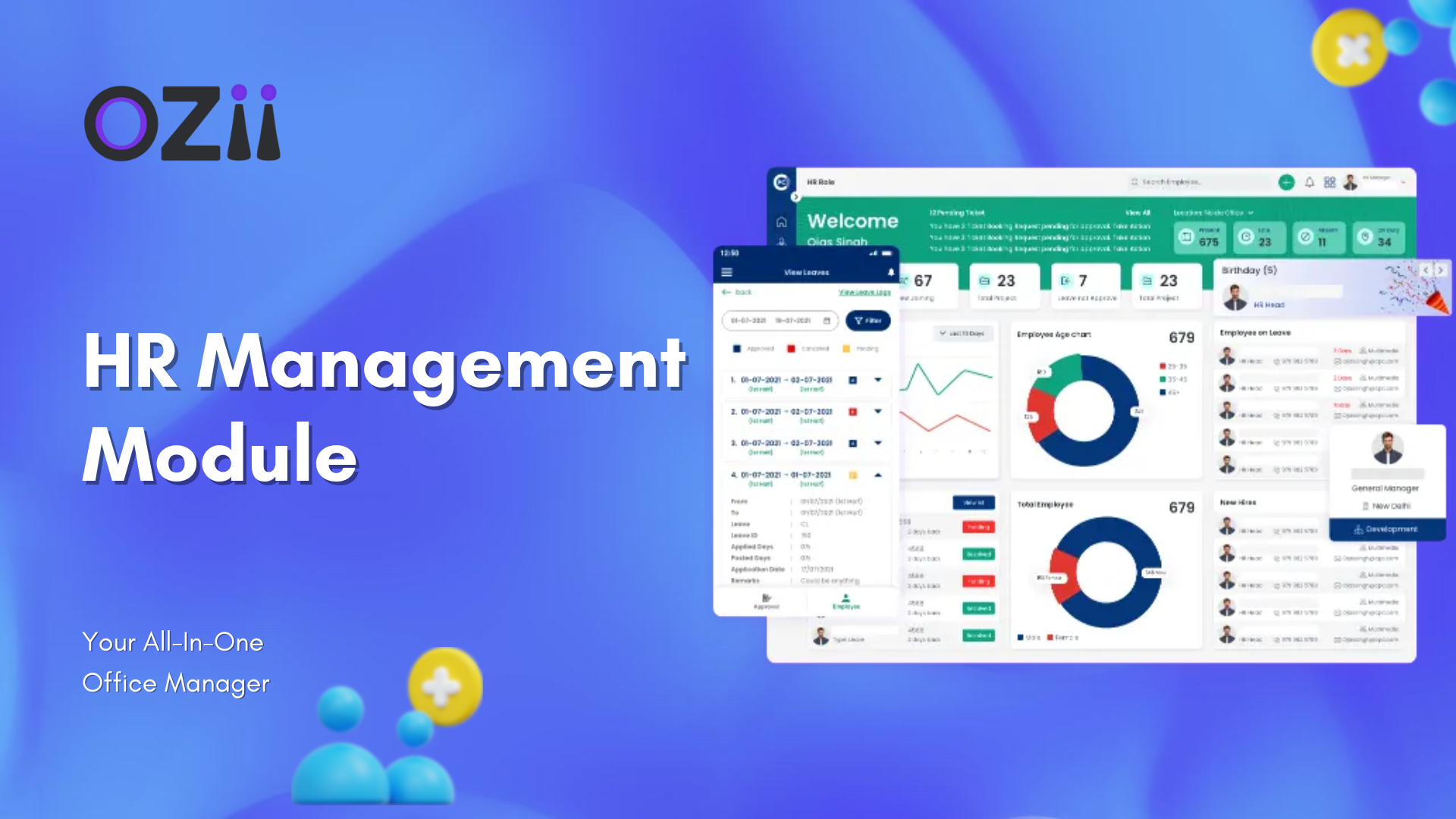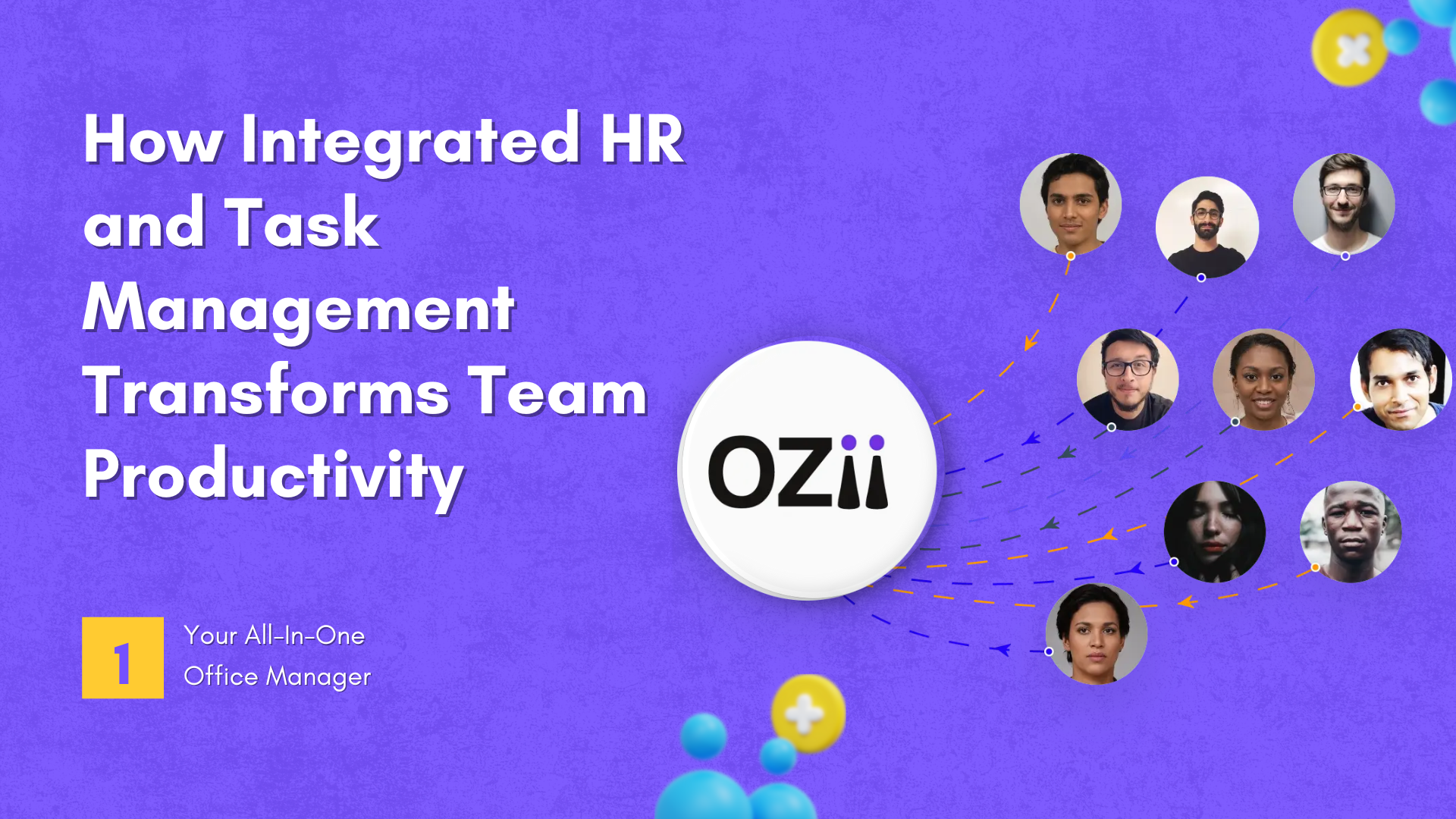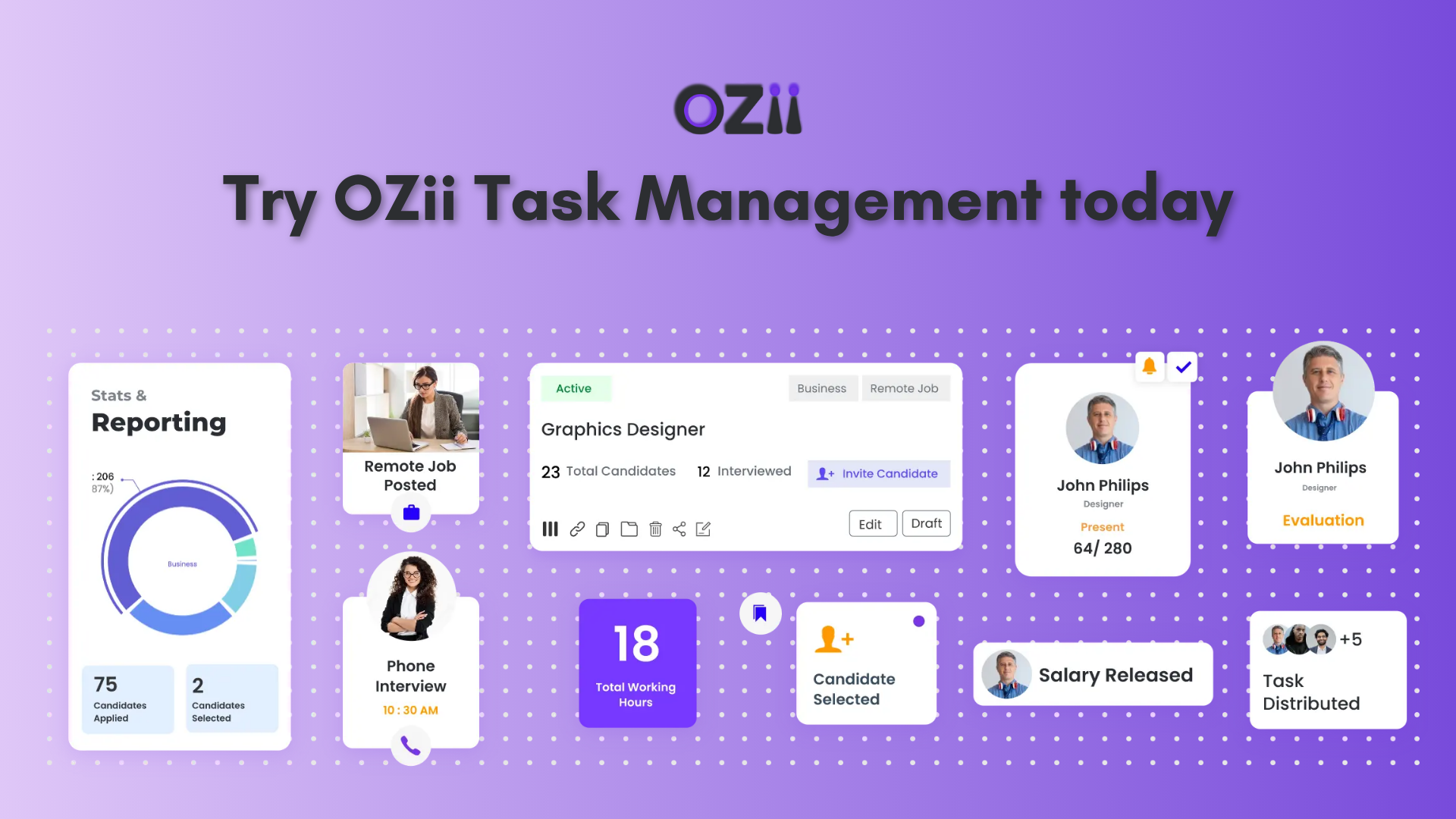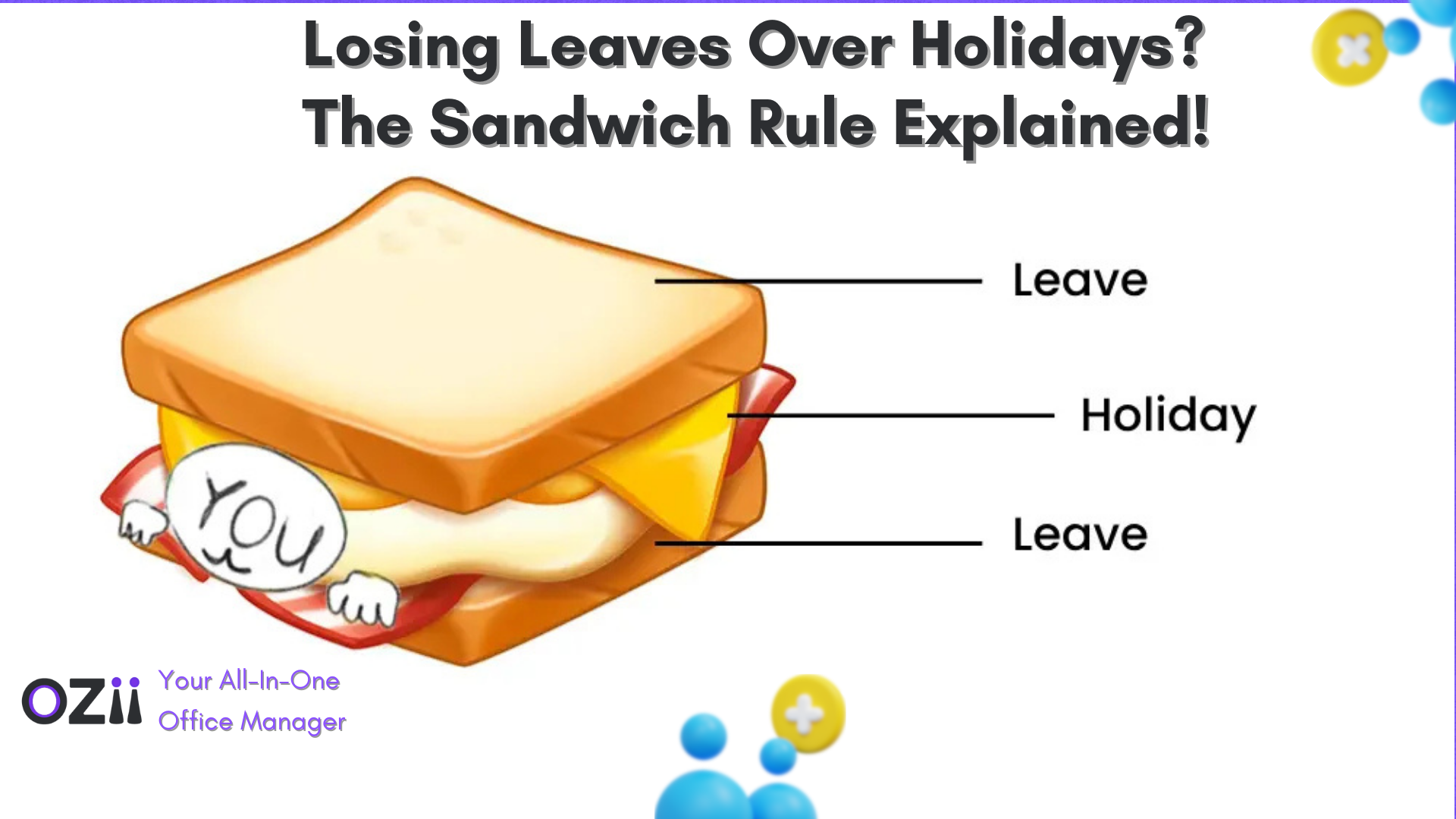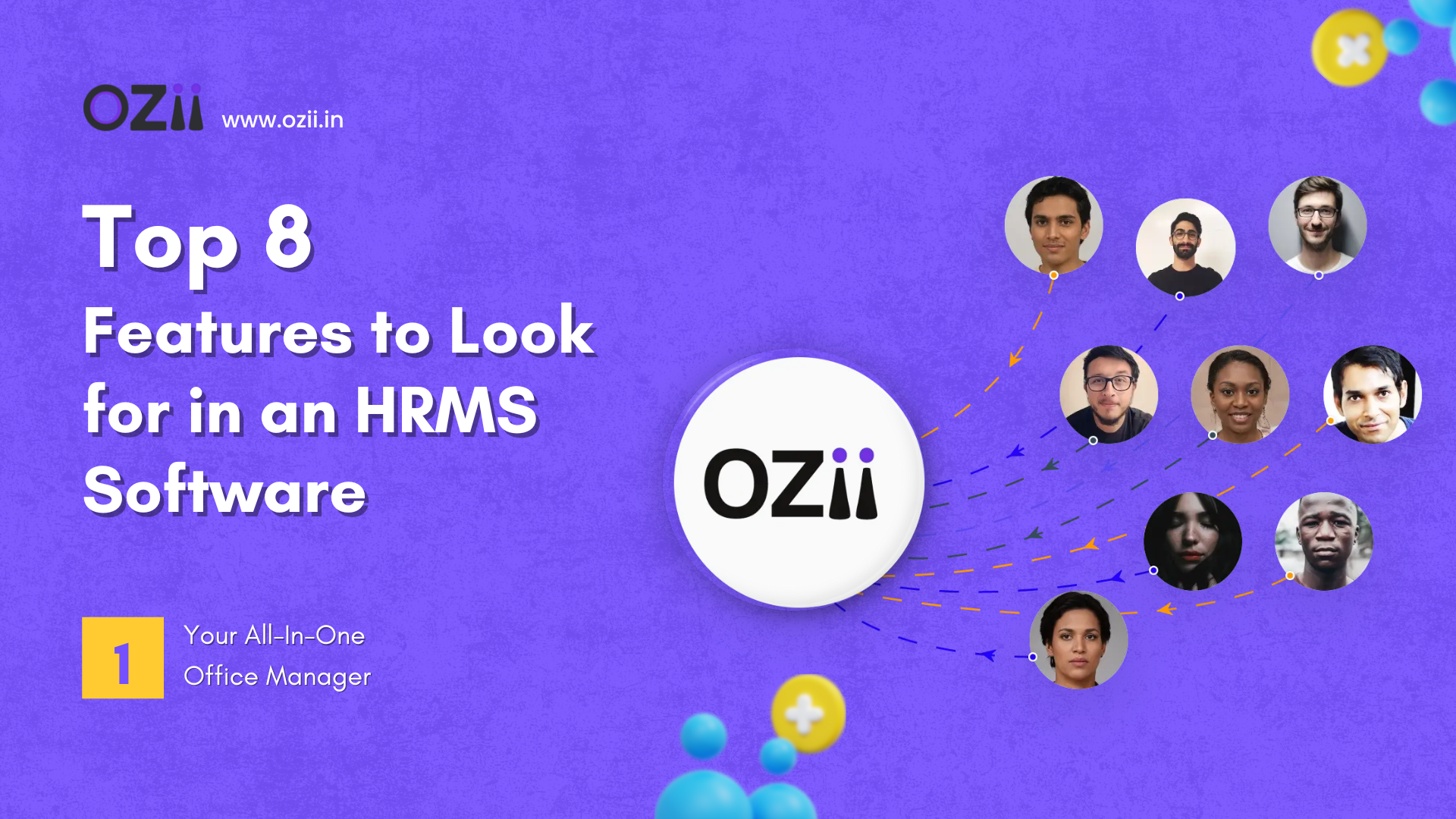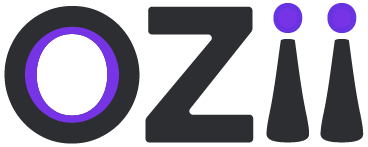
From Chaos to Clarity: How

One hub, one view, one steady rhythm. Give your team OZii and turn scattered updates into visible progress without extra meetings.
WHY TEAMS STRUGGLE
Projects sit across chats, emails, boards, and sheets. You chase context and lose time. Small gaps turn into missed dates because the plan lives in too many places.
You need one hub for plans, owners, dates, and updates. When everyone shares the same view, you cut noise and move with purpose.
Start by mapping what’s real today:
-
Where do tasks live right now?
-
Who owns each step and who decides?
-
Which views show what’s due, blocked, or drifting?
You can fix collaboration only when you see the full picture. Get honest about what’s working and where time leaks happen.
The OZii Dashboard
Make the dashboard the launchpad each morning. Place tiles for:
-
Tasks due today and this week
-
Blockers that need a decision
-
Links to key boards and reports
-
Quick HR items like leave requests
Your aim: a two‑minute scan that guides action. Keep it tidy. Pin it for the team.
-
Day-One Setup (Fast Wins)
Set clear steps you can complete in one hour:
-
Create Delivery and Ops boards
-
Add the ten most urgent tasks
-
Assign one owner and one date per task
-
Add labels: Risk, Blocked, Urgent
-
Turn on mentions and due‑today alerts
You now have a live plan, not a list.
Q&A: Who Owns What?
Write roles inside the task so people act without waiting:
-
Responsible: who does the work
-
Accountable: who makes the call
-
Consulted: who gives input
-
Informed: who gets updates
Keep one final decision‑maker. Two means no decision. Review roles on your top items each week.
Sprint Flow: To Do → In Progress → Review → Done
Use a simple four‑column board. Make the rules clear:
-
One owner per card
-
Short titles that start with a verb
-
Dates on every active card
-
Three items max in In Progress per person
-
Anything in Review moves within two days
The board becomes your single source of truth. No extra slides, no side sheets.
Gantt Timelines That Keep You Honest
Open the timeline every Monday. Look two weeks ahead. Check:
-
Owners and dates for each step
-
Links between tasks that depend on each other
-
Long items that hide risk
Split big work into smaller cards. Adjust linked dates the day a change hits. A live timeline prevents late surprises.
Standups Inside the System
Keep status short and focused:
-
Scan overdue, due soon, and blocked
-
Move cards during the call
-
Post one line in the task: next step + date
Skip reading the backlog. The board shows it already. End with two decisions that unlock the day.
Run attendance, leave, and payroll in the same hub:
-
Shared holiday and shift view for capacity planning
-
Leave rules and reminders set once
-
Month‑end payroll checklist with owners and dates
When people data and tasks sit together, you plan with facts and avoid last‑minute rushes.
ATS That Matches Your Pace
Run hiring from the same place:
-
Post clear roles with must‑haves and a short scorecard
-
Stages: Applied, Screen, Assignment, Interview, Offer
-
Move candidates the day you touch them
-
Keep notes short and searchable
Share a weekly pipeline snapshot: top candidates, risks, and next steps. Your team stays aligned without side threads.
Metrics That Drive Action (Not Reports)
Pick a small set you can act on:
-
Done vs planned
-
Time from start to finish
-
Items aging in Review
-
Load by owner
Make one move per metric each week. Pull a milestone forward. Add support. Shift a date. Cut scope. The point is action, not a pretty chart.
Team Playbooks (Copy and Run)
Delivery Focus
-
Each owner moves one card to Review by noon
-
Each owner closes one card by day’s end
-
Leads review blockers at 3 p.m. for ten minutes
Clean Handoffs
-
Any card entering Review gets a one‑line ask and the file needed to decide
-
If a card sits over two days, the owner updates the date or breaks the task into smaller steps
Hiring Momentum
-
Daily 4 p.m. pipeline check
-
Stage moves the same day
-
Next touch scheduled before closing the record
-
One weekly note: who’s close, what’s blocked, what’s next
Department Quick Starts
HR
-
Onboarding board: day 1, week 1, month 1 checklists
-
Exit board: assets, access removal, final pay steps
-
Shared policy links pinned on the dashboard
IT
-
Ticket board with clear priority tags
-
Vendor‑hold label and a short note for audits
-
Change notes stored in the task for traceability
Operations
-
Recurring audit tasks with photos and docs attached
-
A simple risk note every Friday
-
Capacity view mapped to leave and shifts
Marketing
-
Campaign boards by channel
-
Drafts attached to tasks
-
Approvals handled in the Review column
Product
-
Milestones mapped to timelines
-
Smaller deliverables that surface risk early
-
Friday checks on time from start to finish
Sales
-
Handoff tasks for new deals with owners and dates
-
One‑line follow‑ups inside the task comments
-
A weekly pipeline note for cross‑team steps
Conclusion
Open OZii and make the dashboard your team’s home. Move the current project into a live board with owners, dates, and labels. Run standups inside the system and move cards during the call. Link dependent tasks on the timeline. Add roles to high‑impact items. Share a short Friday note with wins, risks, and three moves for next week. In seven days, you’ll feel the shift from chaos to clarity.
HRMS

